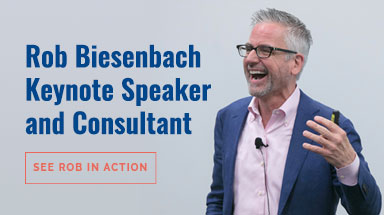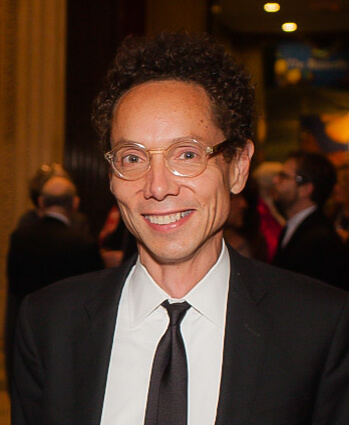Whether you think Ronald Reagan was a great communicator or THE great communicator or simply a decent one, the man knew how to tell a story and land a joke.
A great example is the now-legendary moment during a 1984 debate with Walter Mondale. For those who weren’t alive or sentient then, there was a question about Reagan’s fitness for office, particularly after a poor showing in the first debate. At 73, a full 17 years older than Mondale, was Reagan getting too old to be president?
He deftly put the question to rest in the second debate with this perfectly delivered zinger:
“I will not make age an issue of this campaign. I am not going to exploit for political purposes my opponent’s youth and inexperience.”
It brought the house down and even Mondale couldn’t help giving the “old man” his due.
But did you see what he did there? If you were writing that second sentence purely for purposes of simplicity, you’d shift it around to something like this: “I’m not going to exploit my opponent’s youth and inexperience for political purposes.”
That sounds a lot more natural. But it’s not as funny, because the punch line is buried in the middle of the sentence, with the prepositional phrase dangling awkwardly at the end.
I’ve talked before about the suspense sentence. As Robert McKee, author of the screenwriting manual Story, put it:
“In ill-written dialogue, useless words, especially prepositional phrases, float to the ends of sentences. Consequently, meaning sits somewhere in the middle.”
By putting the most important and powerful idea at the end, you keep the audience hanging on your words. And that’s important whether you’re telling a joke or a story or writing marketing copy or composing a memo. If you want your ideas to land, save the best for last.




